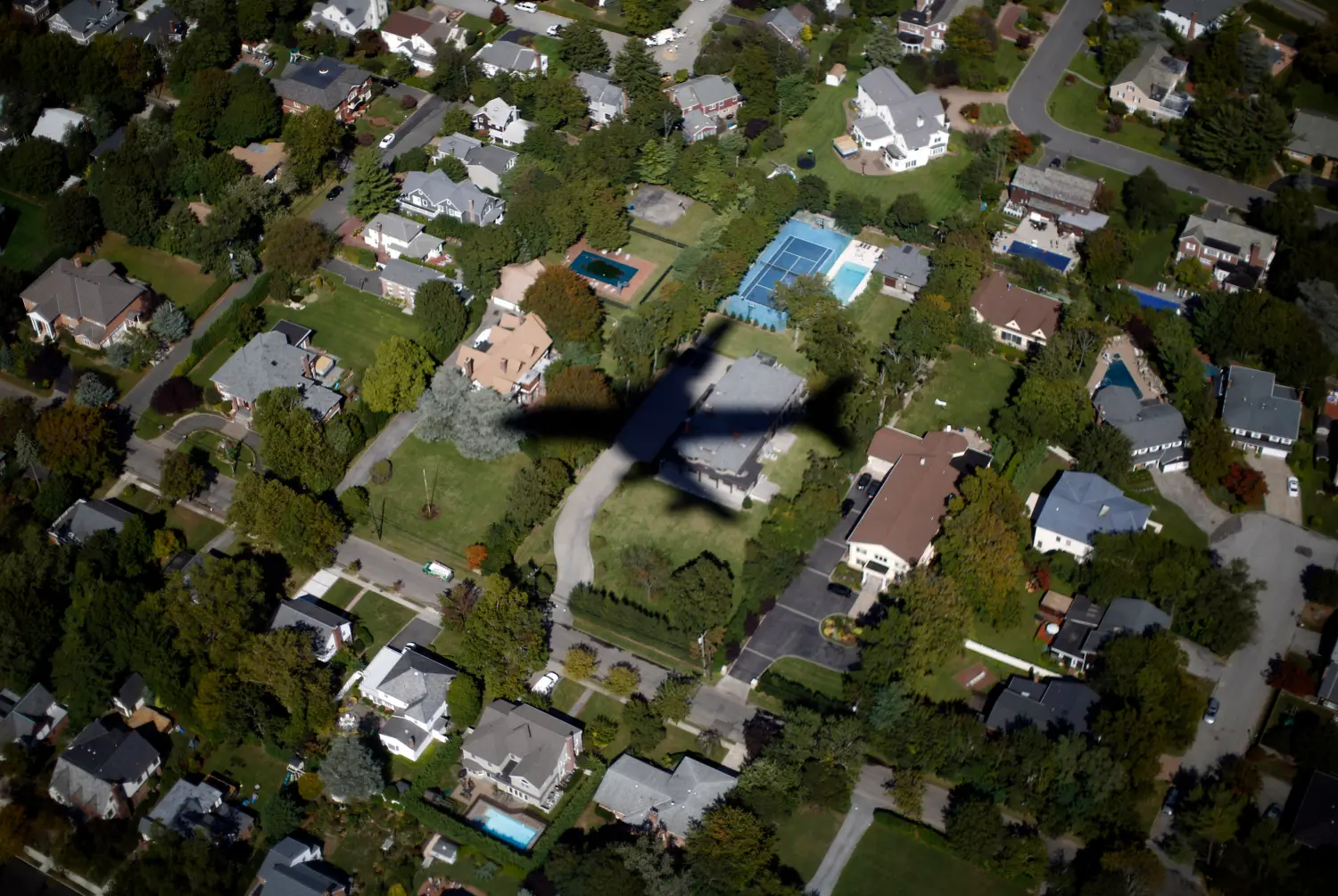Since the mid-1960s, a lonely chorus of scholars and fellow travelers has contended that many of the nation’s challenges need to be discussed in a metropolitan context. Metropolitan areas now contain close to 80 percent of the total U.S. population; half the people in this country now live in just 39 metro areas. These areas are the engines of the American economy competing with other regions around the world as the global economy evolves. They are complex organisms, each growing around several nodes of economic activities—central business districts, “edge cities,” industrial areas, services clusters, and high-tech or commercial corridors.
The case for viewing, formulating, and sometimes operating policies from a metropolitan perspective has always been logically compelling, but it has had precious little effect on the way America’s domestic policies have been designed and implemented. Americans have been content, for the most part, with a public sector that consists of a fragmented maze of local governments and special districts and a private sector that builds mostly unrelated subdivisions rather than integrated communities.
The Brookings Institution is committed to quality, independence, and impact.
We are supported by a diverse array of funders. In line with our values and policies, each Brookings publication represents the sole views of its author(s).




Commentary
The New Metropolitan Agenda: Connecting Cities & Suburbs
September 1, 1998